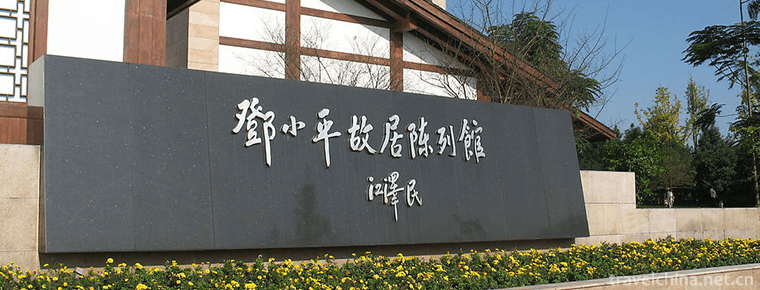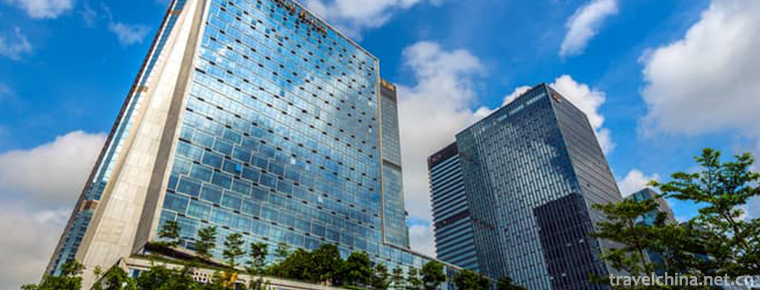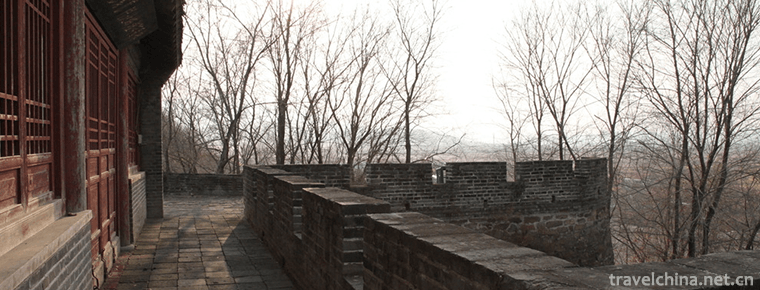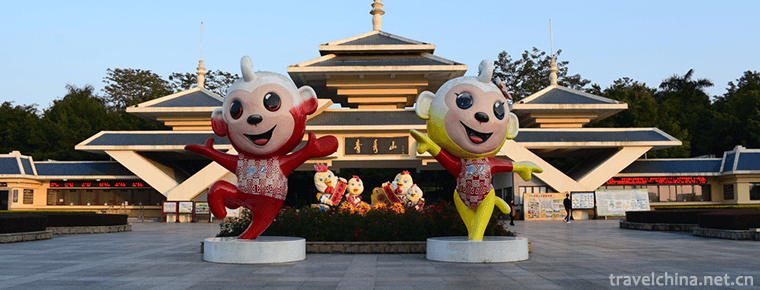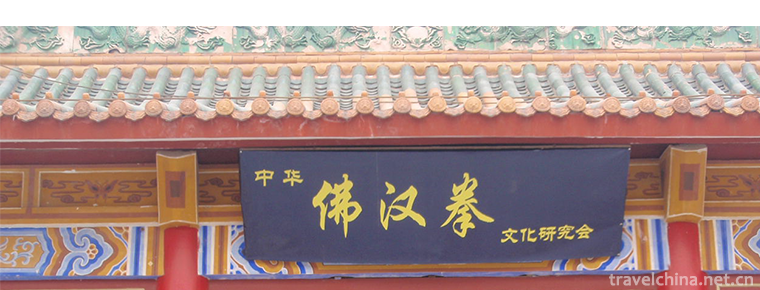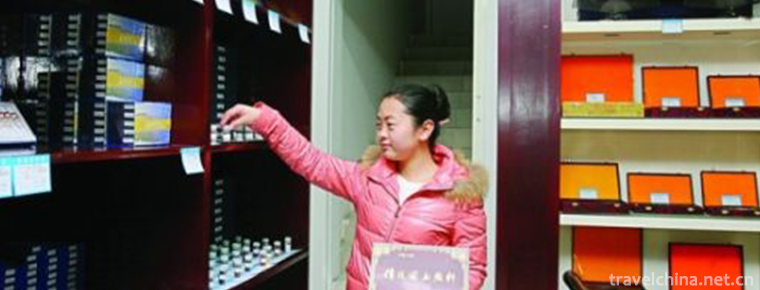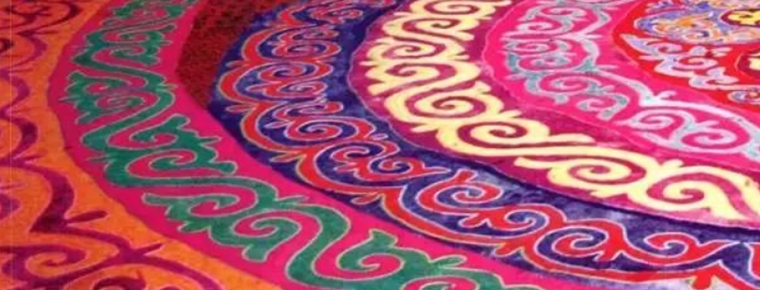The official will ring Gong
The official will ring Gong
Official Guild gongs are widely spread in rural areas of Eastern Henan Province. It is a traditional percussion instrument with brass gongs as props. It has a history of more than 300 years. Legend has it that Emperor Qianlong of the Qing Dynasty, who visited the Roadway Guild in the south of the Yangtze River, gathered dozens of Gong performers under the arrangement of Wang brothers of the Guild to create the artistic form of "The Guild Ring gong".
Over the centuries, Guanhui Xianggong has evolved into a unique traditional dance art form in eastern Henan. It has been active in the red and white festivals in the vast countryside of Eastern Henan, and is deeply loved by the masses in the temple fair celebrations.
The traditional percussion music of "Official Guild sounds gongs" is only brass gongs, which weigh four kilograms and have a diameter of about 80 centimeters. Its playing methods include "seven gongs" (i.e. four slow and three fast), "nine gongs", "twelve gongs", "sixteen gongs" and "twenty-four gongs". The performances include "Erlang Dangshan", "Lion Embroidery Ball", "Tiannu Sanhua", "Kou Zhunbei Boots", "Frog gnawing mud" and other routines.
On June 7, 2008, Xiangcheng City of Henan Province declared that the "Official Guild Shouting gong" was listed in the second batch of national intangible cultural heritage list with the approval of the State Council.
historical origin
It has a long history. Wang's family has ten generations of ancestors. If we calculate each generation for 30 years, it has at least 300 years of history.
Guanhui Xiangguo began in the period of Emperor Wudi of Liang Dynasty in the Southern Dynasty and flourished in the early Qing Dynasty. There is a beautiful legend that the Emperor Qianlong of the Qing Dynasty was going to pass through the official meeting in the south of the Yangtze River. There was a Jinshi Prince there who carefully organized a set of gongs for the arrival of the Emperor Qianlong, which was very popular with local officials and people. Since then, the official meeting sounded gongs has been handed down.
It is distributed in Shiqiao, Wang Fanzhuang, Liu Yi, Caizhuang, Li Sikeng, Sun Laojia, Han Ying, Wang Zhuang, Yaozhuang and other administrative villages of Guanhui Town, Xiangcheng City, Henan Province.
artistic characteristics
1. Formulaization of music.
There are only gongs in the traditional percussion music Guanhui Xiangguo, but the playing methods are divided into several kinds and have different levels. The rhythm of gong at seven o'clock is four slow and three fast, which is used for people's red and white happy events. The rhythm of the gong at nine o'clock is six slow and three fast, which is used by county officials. There are also 12 o'clock gongs, 14 o'clock gongs, 16 o'clock gongs and 24 o'clock gongs. The 24 o'clock Gong was prepared for the emperor.
2. Using gongs as props, performers use gongs as props, sometimes dance, and use gongs to form various shapes. The changes are subtle, reaching the artistic realm of resemblance and resemblance, not resemblance and resemblance.
Third, the form of performance is unique.
Traditional Gong performances of official meetings include: frog gnawing mud, Tiannu scattering flowers, Kou Zhunbei boots, Erlangdan Mountain, Lion rolling embroidery ball, Zhang Guolao riding donkey backwards, Old turtle nest, small two kisses and other routines. The image is vivid and full of strong local flavor. It has a unique performance program and performance skills. The Gong array is also large and small, the smallest two people can perform, the largest more than 60 people.
basic content
Traditional percussion performances of Guanhui Xianggong include: 7 o'clock gong, 9 o'clock gong, 12 o'clock gong, 16 o'clock Gong and 24 o'clock gong. The performances include "Erlang Dangshan", "Lion Rolling Embroidery Ball", "Tiannu Sanhua", "Kou Zhun's Back Boots", "Frog gnawing mud", "Zhang Guolao riding donkey backwards" and so on.
Main characteristics
1. Formulaization of music. Traditionally, there are "seven gongs", "nine gongs", "twelve gongs", "sixteen gongs" and "twenty-four gongs". 2. Using gongs as props, performers use gongs as props, sometimes dance, and use gongs to form various shapes. The changes are subtle, reaching the artistic realm of resemblance and resemblance, not resemblance and resemblance. Third, the form of performance is unique. Traditional Gong performances of official meetings include: Erlang Dangshan, Lion Rolling Embroidery Ball, Tiannu Sanhua, Kou Jun's Back Boots, Frog Chewing Mud, Zhang Guolao Riding Donkey and other routines.
Inheritance and protection
In 1998, the official meeting sounding Gong was concerned by literary and artistic workers. Many times, it went deep into the official meeting to collect interviews and excavate sounding Gong materials. On the basis of the traditional "Official Guild sounding gong", they made bold adaptation and innovation. They added big drums, brass and clang, made dragon heads and dragon tails and other props. There were more than a few dozen performers, more than 100 performers. The Gong and drum music had a grand and flexible voice. It could not only strike roughly, but also strike carefully. The volume was relatively distinct, and the sound color was rich. Performers performed occasionally in the change of drum points. Playing, dancing from time to time, the formation changes in many directions, such as the ups and downs of Jiaolong, reaching the artistic realm of resemblance and resemblance, magnificent momentum, very prestigious, known as "gonglong" by the masses.
In 1998, Gonghui Xianggong won four gold medals in the seventh Henan Folk Music and Dance Competition: Director, Composition, Performance and Counseling; in July 1999, the adapted Gonglong won the only gold medal in the Henan "Emperor's Cup" Dragon Dance Competition and was awarded the title of "First Dragon in Central Plains"; in December 1999, Gonglong went to Beijing to participate in the competition. The performance won the highest prize of Chinese folk culture and art "Shanhua Award", and was invited to participate in the celebration of Macao's return to the large square party held in Tiananmen Square. In 2000, he participated in the 10th National Dance "Stars Award" competition held in Taizhou, Zhejiang Province, and won the silver prize. The grand performance of the dance was reported by Henan Daily, Literature and Art Daily, Henan Business Daily, Zhoukou Daily, Yangtze Daily, Henan TV Station and CCTV. In February 2007, the official meeting sounded Gong was listed in the first batch of intangible cultural heritage in Henan Province. On February 8, 2008, the Official Council sounded gongs and selected the second batch of national intangible cultural heritage list of recommended projects.
Inheritance value
The forceful and charming posture, bold and unconstrained character and vigorous momentum in the performance of Guanhui Xianggong embody the bold and unconstrained character of peasant men living in the Central Plains. In the study of folklore, history, sociology and aesthetics, Guanhui Xianggong has shown important value.
Inheritance significance
First, it has a long history and is a popular form of local traditional folk literature and art. It is a popular program in festivals, funerals, weddings and marriages, which is closely related to the cultural life of the masses.
Secondly, gongs are used as props to make up for the lack of Gong dancing in China.
3. He has participated in many national and provincial literary and art contests and won the Shanhua Prize, the highest prize of Chinese folk culture and art. The national and provincial news media have reported many times, which has great influence.


-
Deng Xiaopings Hometown Tourist Area
Located in Xiexing Town, Guang'an District, Guang'an City, Sichuan Province, Guang'an City, Deng Xiaoping Hometown Tourist Area covers an area of 3.19 square kilometers.
Views: 122 Time 2018-12-12 -
Narati Scenic Spot
Narati Tourist Scenic Area, located in Xinyuan County, Xinjiang, is located in the hinterland of Tianshan Mountains, the eastern end of the Ili Valley.
Views: 120 Time 2018-12-12 -
Four Seasons Hotel Shenzhen
Four Seasons Hotel is an international luxury hotel management group, headquartered in Toronto, Canada. It was founded by Mr. Isado Sharp in 1961. Now it has more than 90 hotels and resorts in nearly .
Views: 384 Time 2018-12-16 -
Eight Immortals Crossing the Sea Scenic Area
Eight Immortals Crossing the Sea Scenic Area, also known as Eight Immortals Crossing the Sea and Eight Immortals Crossing the Haikou, is situated on the shore of the North Yellow Sea in Penglai City.
Views: 209 Time 2018-12-23 -
The ancient city of Hetuala
The ancient city of Hetuala is located in Yongling Town, Xinbin Manchu Autonomous County, Liaoning Province. It is 5 kilometers west of Qingyongling.
Views: 209 Time 2019-01-13 -
Qingxiushan Mountain
Qingxiushan Scenic Area is a national AAAAA scenic spot in Nanning. Qingxiu Mountain is a key scenic spot in Nanning. In addition to protecting and restoring the original historic sites.
Views: 223 Time 2019-02-07 -
Buddha Han boxing
Fohan boxing is also known as Fohan Chuan, commonly known as Buddhist boxing. It is a kind of traditional Chinese martial arts. This boxing originated in Shaolin Temple.
Views: 319 Time 2019-04-29 -
Production Techniques of Chinese Painting Pigments
Jiang Sixutang's skill in making Chinese painting pigments is one of the intangible cultural heritages. The manufactured products of Jiang Sixutang Chinese Painting .
Views: 141 Time 2019-05-02 -
Weaving and Dyeing Techniques of Felt and Printed Fabric
Uygur felt, printing and dyeing technology, Xinjiang Uygur Autonomous Region Turpan (now Turpan) local traditional skills, one of the national intangible cultural heritage..
Views: 94 Time 2019-05-04 -
Throw stones Lock
Throw stones Lock is an ancient martial arts skill item, which originated in the Tang and Song Dynasties. It has been widely circulated among the Hui people in Kaifeng for a long time. During the Qing.
Views: 106 Time 2019-05-13 -
Science and technology of Panzhihua
In 2018, there were 2865 patent applications in Panzhihua. The output value of high-tech industry reached 53.1 billion yuan, and 2015 science and technology projects were arranged, including 780 high-tech projects, 320 new high-tech projects in that year, and 16 science and technology.
Views: 342 Time 2020-12-14 -
Panzhihua famous specialty
The snacks in Panzhihua are mainly Sichuan flavor. The most popular snack in Panzhihua is mutton rice noodles. The rice noodles cooked by pure mutton soup, together with bean paste, pepper, millet and other seasonings, have a unique and representative flavor.
Views: 291 Time 2020-12-14
